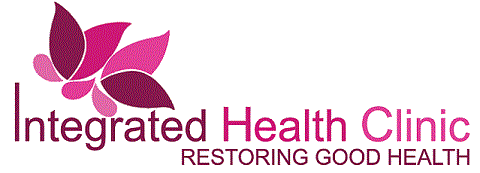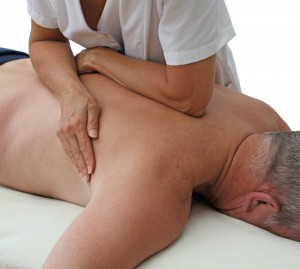Massage is an ancient treatment used in most cultures in the world. The word ‘Massage’ is a general term referring to a wide variety of techniques which involves manual manipulation of the superficial and deep muscles, tendons, fascia and connective tissue, with an aim to enhance function, aid the healing process, promote muscular relaxation and general physical and mental well-being.
Our Practitioners use many different types of massage techniques, including, aromatherapy, deep tissue, pressure/trigger point, stretching and acupuncture point stimulation. Other movements can vary from gentle rhythmic effleurage, tapping, folding, kneading, stroking and others. The types of technique used depends on the client’s individual problems or needs.
What happens during a Massage session?
Initially, the therapist will undertake a consultation to gather details about your symptoms e.g headache or low back pain and other health issues. The therapist will leave the room, while you undress and lie down on the treatment couch. A towel or sheet will be provided to cover yourself. During the treatment only the part of the body being massaged will be exposed. Massage oils or lotion may be used to help make smooth the massage movements. Throughout the treatment there may be soft music being played in the background. Depending on the area a massage session can last between 20-90 mins.
How can Massage help?
Massage stimulates soft tissue both superficial and deeper layers in particular the skin and other soft tissue nerve receptors. Through this electrical signals are generated and transmitted locally, as well as generally through the body. This helps to benefit the following;
- Healing properties of touch
- Healing of damaged tissue
- Stimulate blood and fluid circulation
- Stimulate the immune system and clear waste products
- Reduce pain and tension by releasing endorphins (natural painkillers and mood enhances)
- Induce relaxation and calm
There is much research on massage particularly for conditions such as, pain, cancer, mental health, headaches, fibromyalgia, HIV, care of infants and others. One study conducted by Crane and colleagues found that massage causes a 30% increase of genes (PGC-1alpha) that helped with cellular healing, whilst there was a three-fold reduction in genes (NFkB) associated with inflammation.
Research studies on massage concluded the following;
- Useful for chronic low-back pain, neck pain, osteoarthritis of the knee, pain relief for women in labour.
- In Cancer massage can help reduce pain, enhance relaxation and mood in the short term.
- Helps to reduce anxiety and depression generally, as well as in expectant mothers and older people.
- In Fibromyalgia is can help to ease pain and fatigue.
- Preliminary research indicates benefit in the treatment of headaches.
- Generally, helps to improve quality of life, supports the immune function and behaviour problems in children with autism or autistic spectrum disorders.
References:
NCCAM (2006). Massage therapy for health purposes: What you need to know. NIH. [Accessed: 6 Jan 2015] Weblink
University of Maryland Medical. (2011). Massage. [Accessed 6 Jan 2015] Weblink
Revised: April 2019

